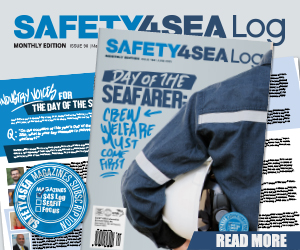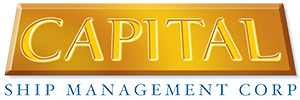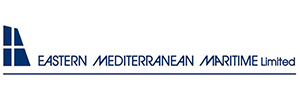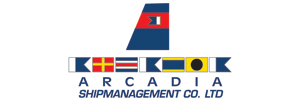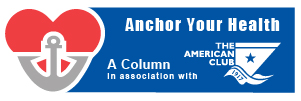The UK MAIB’s latest Safety Digest recounts a close call in which a tug was nearly capsized during a routine berthing operation after its towline came under unexpected tension and the master lost control.
On a dark winter’s evening a small conventional tug, conducting its third job of the day, was tasked to attach to the stern of a small cargo vessel to assist it to berth. Once the cargo vessel had entered the port approaches the tug skipper was instructed by the cargo vessel’s pilot to approach the starboard quarter and pass its towline. The cargo vessel’s speed over the ground was about 6kts.


The tug’s towline was quickly passed and secured to the cargo vessel’s starboard quarter. The tug was fitted with a gob wire and winch, but the tug master decided not to use it on this occasion. Once the towline was connected the tug master conned their vessel alongside the cargo vessel, taking care to keep the towline slack.
A few minutes later, the tug master lost concentration and inadvertently dropped back, causing the towline to come under tension (Figure 1b). The tug was towed sideways, girted and heeled over to 50°. The tug master was unable to control the tug and tried unsuccessfully to operate the tow release from within the wheelhouse, simultaneously calling the cargo vessel’s pilot on very high frequency (VHF) radio.
The tug’s quick-thinking deckhand went aft and released the towline at the hook, after which the tug swiftly came upright. The cargo vessel later berthed without further incident.
Lessons learned
Hazard → The sequence of events that led to the tug girting and its near capsize took only a few seconds and it was only the swift action of the deckhand that on this occasion saved the crew and the vessel.
Communication → Good communication between the pilot and tug master is at the heart of safe ship assist towage and a pilot/tug exchange (PTX) must be conducted before tugs connect. The PTX should include the planned positioning of the tug(s), the safe working loads of the lines and bollards, and the maximum safe speed. The PTX will also be heard by harbour control/vessel traffic services and the assisted vessel’s master, further ensuring that all involved in the harbour movement share a common understanding of the plan.
Speed → It is important to remember that a small increase in speed will exponentially increase the forces acting on the towline and increase the risk of something going wrong. In this case 6kts was too fast and the speed should probably have been kept below 2kts to 3kts while the tug was connected.
Procedure → Conventional tugs should almost always use a gob rope or wire. The purpose of the gob rope is to move the tug’s towing point aft. Had the gob rope been correctly used on this occasion, it is likely that the tug would have been safely towed backwards by the cargo vessel when the weight came onto the towline. This in turn would have prevented the tug’s girting and near-capsize and minimised the risk to its crew.











































